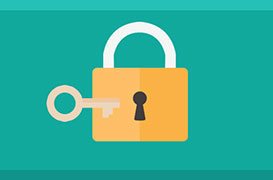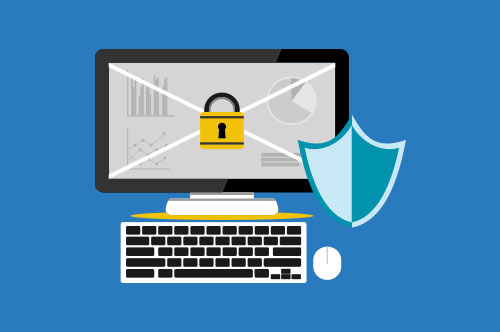Certified NIST 2 Professional
- Accredited NIST 2.0 Professional Training
- Trained over 2000+ Students
- Internationally Recognized Trainers
- Case Study & Role Play based training
- NIST 2.0 Professional Certification Included
- 40 CPE Certificate
UPCOMING BATCHE(S) IN "PUNE" (change city)
| Date | Time | Course Type | Price | Option |
|---|
Module 1: Introduction to NIST Cybersecurity Framework 2.0
• Evolution from CSF 1.1 to 2.0
• Overview of new Structure and Terminology
• Key changes and strategic goals of CSF 2.0
Module 2: Core Components of the Framework
• Functions: Govern, Identify, Protect, Detect, Respond, Recover
• Categories and Subcategories explained
• Framework Tiers and Profiles
Module 3: The New “Govern†Function
• Understanding organizational context
• Risk management strategy
• Roles, responsibilities, and oversight
Module 4: Using the Framework for Risk Management
• Framework Implementation Tiers
• Integrating risk assessments
• Aligning CSF with enterprise risk management
Module 5: Developing and Implementing CSF Profiles
• Creating current and target profiles
• Gap analysis and roadmap development
• Sector-specific implementation guides
Module 6: Aligning with Regulations and Other Frameworks
• Integrating NIST CSF with ISO 27001, COBIT, CIS Controls
• Compliance mapping (e.g., HIPAA, GDPR, CCPA)
Module 7: Implementation Case Studies
• Government, healthcare, finance, and critical infrastructure examples
• Lessons learned from CSF implementations
Module 8: Certification Preparation & Review
• Exam overview and tips
• Practice questions
• Final Q&A
This course provides comprehensive training on the updated NIST Cybersecurity Framework (CSF) 2.0, equipping professionals with the knowledge and skills to implement, manage, and align cybersecurity practices with organizational goals.
Key Learning Areas:
Understanding the structure and components of NIST CSF 2.0
Applying the five core functions: Identify, Protect, Detect, Respond, Recover
Integrating Governance, Supply Chain Risk Management, and Improvement strategies
Tailoring the Framework to various industry sectors and organization sizes
Enhancing compliance, risk management, and communication with stakeholders
- Duration: 120 minutes
- Number of Questions: 50
- Exam Type: Multiple-choice
- Passing Score: 70%
- Open Book - No
- Certification Provider: EXCELCERT
- Free Second Attempt
- Cybersecurity professionals (CISOs, security analysts, architects)
- Risk and compliance officers
- IT managers and consultants
- System and network administrators
- Auditors and governance professionals
- Security-conscious executives and board members
- Individuals pursuing NIST CSF certification
- Understand NIST CSF 2.0: Gain deep knowledge of the updated NIST Cybersecurity Framework and how it supports organizational risk management.
- Practical Implementation: Learn how to align your organization’s cybersecurity program with NIST CSF 2.0 using real-world examples.
- Framework Customization: Discover how to tailor the framework to fit your sector, regulatory environment, and organizational maturity.
- Improve Cyber Resilience: Strengthen your organization’s ability to detect, respond to, and recover from cyber incidents.
- Certification Recognition: Earn a Certified NIST 2.0 Professional credential to validate your expertise in cybersecurity framework implementation.
- Enhance Governance: Support improved cybersecurity governance, compliance, and communication with leadership and stakeholders.
FREQUENTLY ASKED QUESTIONS
- 3-5 Member 5%
- 6-8 Member 10%
- 9+ Member 15%
11000 +






